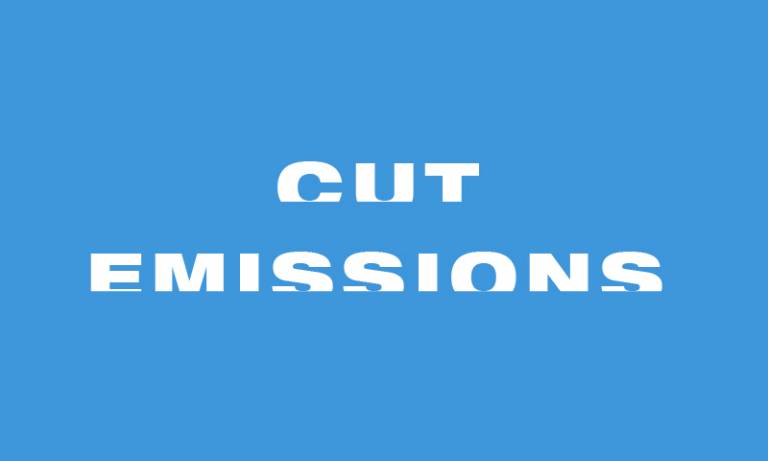A paper published in Nature Climate Change in 2016, reveals cost-effective ways to reduce emissions from passenger aircraft to 2050 – and the aviation industry is listening.

“Many in the industry have already started to pursue all of the options we identified
Reports of significant recent growth in CO2 emissions from air transportation have prompted government and industry to start implementing mitigation measures and targets. Most recently, we’ve seen the International Civil Aviation Organisation (ICAO) adopt a fleet-based CO2 emissions offset scheme for international operations. But, in the absence of rigorous cost analyses, mitigation policies can be economically wasteful, making them even less attractive to the commercial sector.
In a joint effort with colleagues at the NASA Ames Research Center and the MIT Lincoln Laboratory, the UCL Energy Institute identified the cost-effectiveness of CO2 emission reductions from narrow-body planes, often called ‘the workhorse of passenger aircraft’. Reducing CO2 emissions in aviation is often thought to be more challenging, and thus expensive, compared to other sectors. So our results were surprising.
Historically, energy and CO2 emissions ‘intensities’ from aircraft have already declined drastically. We measure this intensity as energy use or CO2 emissions per revenue passenger-km. Or to put it another way: it’s the amount of CO2 emissions each paying passenger is responsible for over a particular flight distance, say, from London to New York.
US data suggests that between 1970 and 1980, both intensities declined at a rate of nearly 5% per year and then 2% per year due to improvements in engine efficiency, aerodynamics and better use of aircraft capacity. Despite these past achievements, we identified opportunities for further reductions, at about the same rate of improvement, at least through to the middle of this century.
Basic physics dictates that energy-intensity reductions result from more fuel-efficient engines, improvements in aerodynamics, lower structural weight of the aircraft, and a better use of aircraft capacity. The CO2 intensity can be reduced further by using fuels that contain less carbon and thus are less CO2-emitting over their lifecycle (which includes the provision and combustion of the fuel).
Using academic studies, industry sources and our own calculations, we derived the potential for reducing energy and CO2 intensity – and the cost incurred – from all of these factors. We then introduced these mitigation options into our model to estimate the potential reduction in emissions we could achieve for the entire US narrow-body aircraft fleet and at what cost. Our fleet composition and CO2 emissions model accounts for the evolving age structure of the fleet and allows for a realistic simulation of the introduction of improvements to existing aircraft (retrofits) of a specific age group (cohort) and of new aircraft generations.
While there is no silver bullet, we find that a combination of measures could reduce current levels of lifecycle CO2 emissions per passenger-km by around 2% per year to mid-century. These mainly consist of technology improvements to current aircraft and future designs, complemented by advanced air-traffic management measures and enhanced airline-operational strategies.
The anticipated intensity reductions would occur at zero marginal costs for oil prices between US$50–100 per barrel and thus continue the recent historical trend. What’s more, the compounding effect of a 2% per year reduction in intensity means that, by 2050, CO2 emissions would only be half of today’s value. Even larger reductions are possible, though these could impose extra costs on industry and require the adoption of biomass-based synthetic fuels.
In line with our findings, many in the air transportation industry have already started to pursue all of the options we identified as being cost effective. Some of these measures, such as blended winglets, are already being adopted. Many others are likely to be introduced into existing and future models once they become available, thus assuring a continuous decline in operating costs (all other factors being equal) and an increase in industrial competitiveness.
As impressive as the intensity reductions may appear, there is a caveat. From a climate perspective, we need to look at the ‘absolute emissions level’. This requires making assumptions about the growth in passenger travel and aircraft fleets. In the mature US market, continued growth at a rate of 1.5% per year means that a 2% CO2 intensity reduction would still lead to a CO2 emissions reduction of 0.5% per year – a 10% emissions reduction by 2050. But much higher demand growth rates in emerging markets – especially Asia and Latin America – will almost certainly lead to a continuous growth in CO2 emissions globally.
Emissions from these markets can only be offset in other sectors. So until ongoing research and development enables radical changes in aircraft technology that help make possible absolute emissions reductions over the long term, there remains a need for offset programmes such as the ICAO’s.
Dr Andreas W. Schäfer is Professor of Energy and Transport at the UCL Energy Institute and Director of Research at the School of Environment, Energy, and Resources. a.schafer@ucl.ac.uk
 Close
Close

